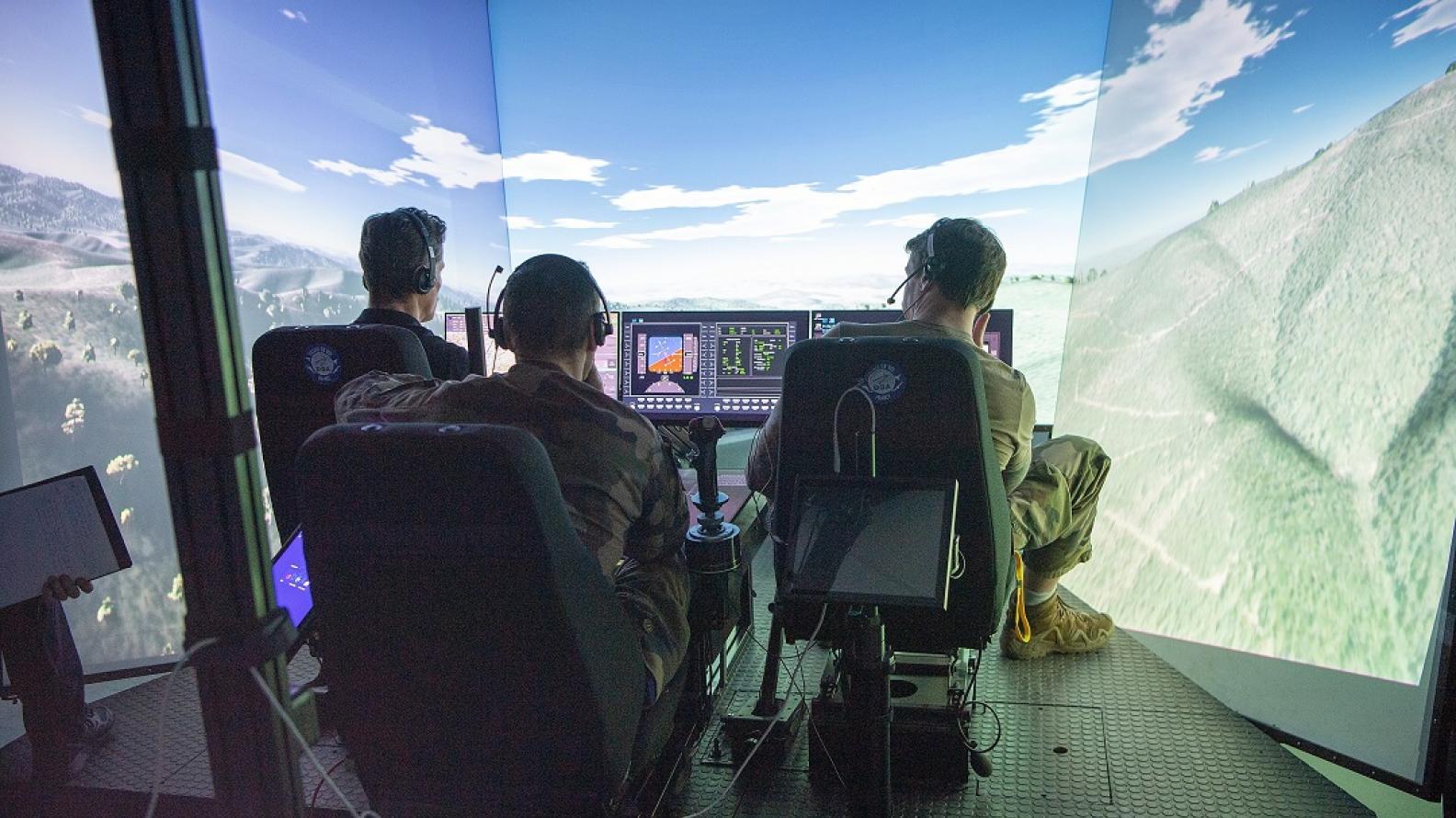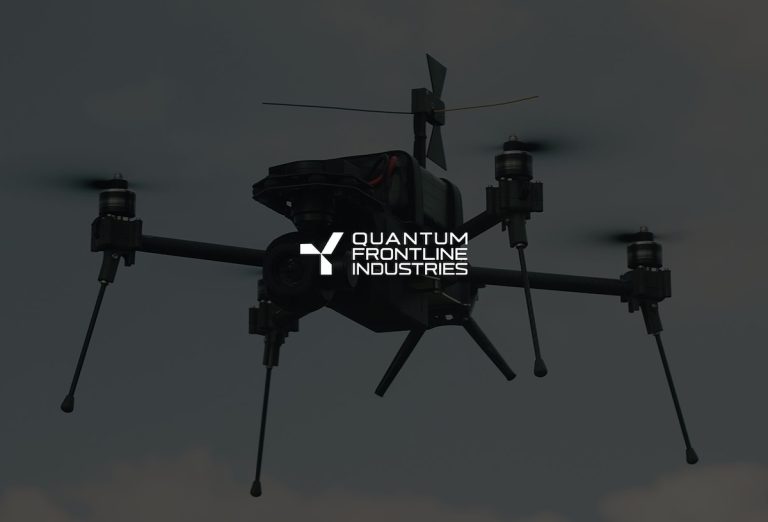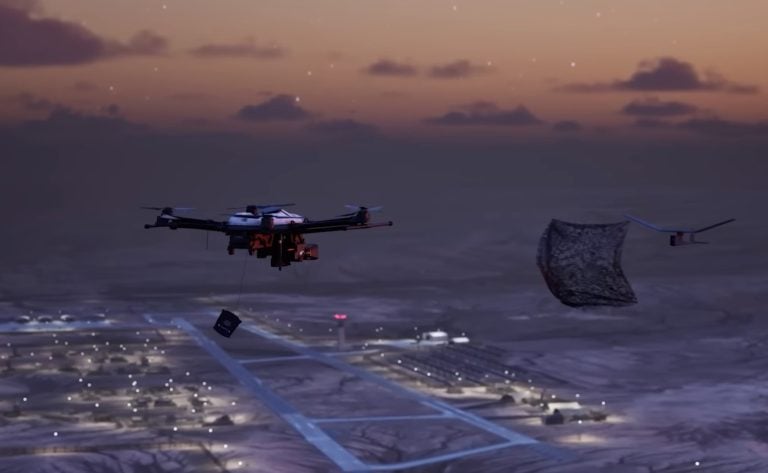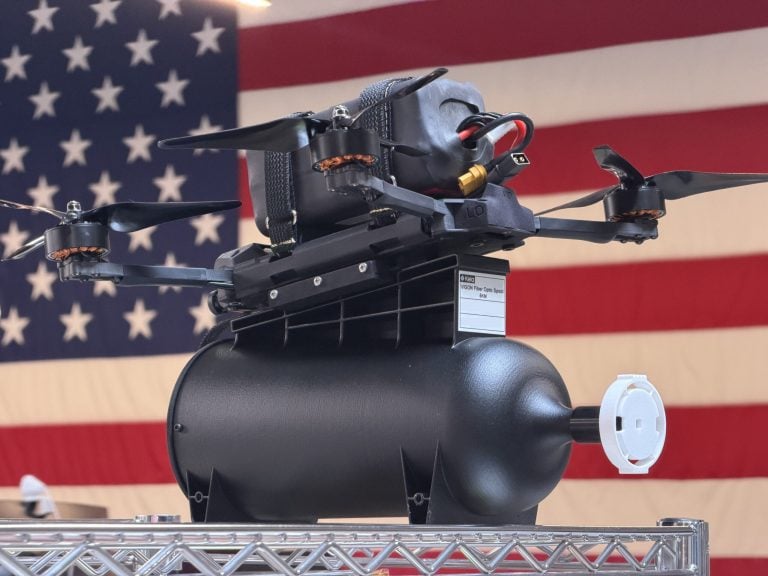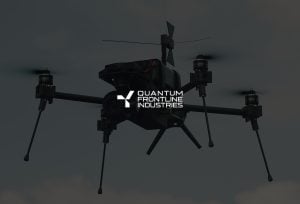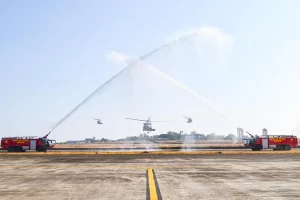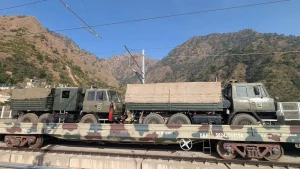The French defense procurement and technology agency (DGA) has embarked on a series of groundbreaking simulation tests aimed at evaluating the interoperability between helicopter crews and drones. This initiative emerges in the context of ongoing discussions regarding the future role of helicopters in military operations, particularly as advanced air defense systems proliferate and drone technology becomes increasingly accessible and cost-effective.
During the recent tests, an offensive reconnaissance mission was simulated that involved a helicopter supported by two drones. The DGA outlined that the mission was structured into several phases, each executed multiple times with variations in crew configurations—specifically, utilizing either two or three personnel. This experimental design aimed to thoroughly assess how well crew members managed their tasks amid differing scenarios of interoperability.
Throughout the simulation, the DGA monitored various metrics to gauge the crews’ cognitive load, employing both subjective assessments and physiological measurements. This comprehensive data collection serves to evaluate the effectiveness of crew performance and their ability to handle complex operational demands when integrating drone support into helicopter missions.
The development of these simulations reflects approximately three months of dedicated effort focused on crafting and integrating sophisticated simulation systems. Notably, the project included the creation of a distributed simulation framework, alongside a user-friendly touch interface intended for drone management. This interface equips crews with vital information from the drones and facilitates essential control functions, such as designing flight plans and managing payload operations.
This pioneering simulation trial was specifically tailored to meet the operational requirements of the French Army, although future iterations may be expanded to accommodate the needs of the Navy and Air Force. Additionally, the DGA highlighted that these tests are part of a broader preparation initiative for an upstream study project aimed at integrating technological innovations developed by the defense industry.
The agency anticipates that these advancements will enhance the functionalities of the systems used and improve the operational autonomy of both drones and helicopters. Furthermore, this integration is set to refine mission scenarios and pave the way for future flight tests that will combine real-world operations with simulation insights, ultimately driving advancements in military aviation capabilities.
